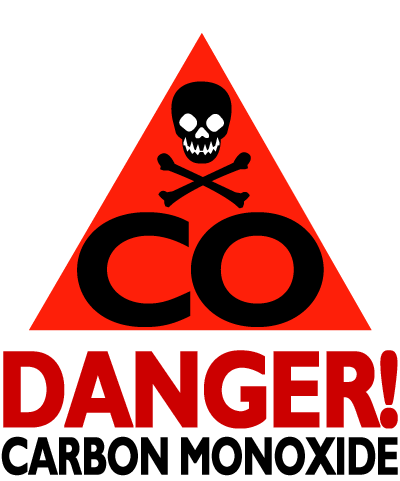Table of Contents
 Take a few crystals of oxalic acid and put them into a dry test-tube, then add a few drops of strong sulphuric acid to them and heat gently over a bunsen flame; an effervescence takes place and a gas is given off, which upon applying a lighted taper to the mouth of the tube will be found to burn with a pale lavender-blue flame; the flame will pass down the tube and then go out. Now fix a cork and delivery tube into the test-tube, and pass the delivery tube into another test-tube containing a little lime water; warm up the first test-tube again, and let the gas bubble through the limewater; this soon becomes turbid, showing the presence of carbon dioxide. The presence of two gases is thus indicated by the action of sulphuric acid on oxalic acid; the one an inflammable gas, the other a non-inflammable gas.
Take a few crystals of oxalic acid and put them into a dry test-tube, then add a few drops of strong sulphuric acid to them and heat gently over a bunsen flame; an effervescence takes place and a gas is given off, which upon applying a lighted taper to the mouth of the tube will be found to burn with a pale lavender-blue flame; the flame will pass down the tube and then go out. Now fix a cork and delivery tube into the test-tube, and pass the delivery tube into another test-tube containing a little lime water; warm up the first test-tube again, and let the gas bubble through the limewater; this soon becomes turbid, showing the presence of carbon dioxide. The presence of two gases is thus indicated by the action of sulphuric acid on oxalic acid; the one an inflammable gas, the other a non-inflammable gas.
Fix up your apparatus in the same way as in the preparation of hydrogen (see fig. 22), only set your flask on a retort stand. Place about 10 grams of crystallised oxalic acid in the flask, add about 10 to 15 c.c. of strong sulphuric acid through the thistle funnel and heat the flask gently; allow time for the air to be displaced in the flask, then collect a jar of the mixed gases over the pneumatic trough. After you have collected a jar of the gases put the generating flask in a draught chamber, as the carbon monoxide is a very poisonous gas.
Carbon Monoxide Gas Laboratory Experiment I
Pour a little concentrated potassium or sodium hydrate solution quickly into the jar of the gas, cover its mouth, and shake briskly a few times. Invert the jar beneath the water in the trough and you will notice the water rise until it about half fills the jar.
CO2 + CO + 2KOH = K2CO3 + HO + CO
Laboratory Experiment with Carbon Monoxide Gas II
Decant the gas remaining from the last experiment into another smaller jar and apply a light to the mouth of the jar ; the gas will burn with a pale lavender-blue flame. Allow the flame to go out, add a little clear limewater, and shake the jar; a turbidity will follow, indicating the presence of carbon dioxide.
CO + O = CO2
